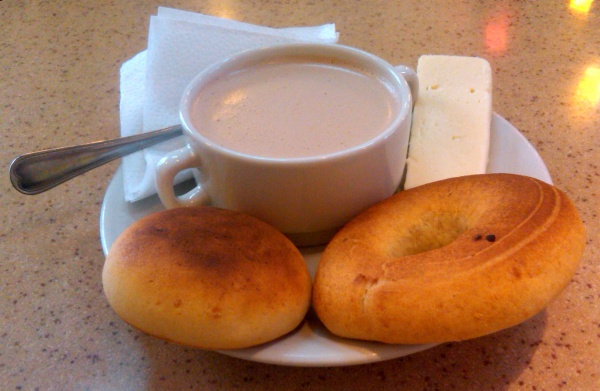Facts About Parva
In Colombia's Paisa region, "parva" refers to a delightful assortment of small baked goods and sweets. These treats, perfect for a quick snack or a morning meal, come in both sweet and savory varieties. They're typically enjoyed with coffee, hot chocolate, or sweet beverages like aguapanela.
On the savory side, parva includes delicious items such as pan de queso (cheese bread), pandeyuca (cassava bread), buñuelos (fried dough balls), and croissants. For those with a sweet tooth, the offerings include red roll cake filled with guava, mojicones (sweet muffins), roscones (sweet bread rings), meringue, tambourine (a type of pastry), and cucas (molasses cookies).
The word "parva" has interesting origins. It is derived from the Yiddish word "parve" meaning foods that are neither meat nor dairy. This concept was introduced to Latin America by Sephardic Jews around 1492 and has since been adopted in regions like Argentina and other parts of Latin America. In these areas, parva foods typically include cookies and quick, fresh meals prepared in the afternoon, often using flour.
Over time, the tradition of parva has spread beyond Antioquia, Colombia, reaching other regions as these tasty treats have been shared and enjoyed more widely.

 Venezuela
Venezuela